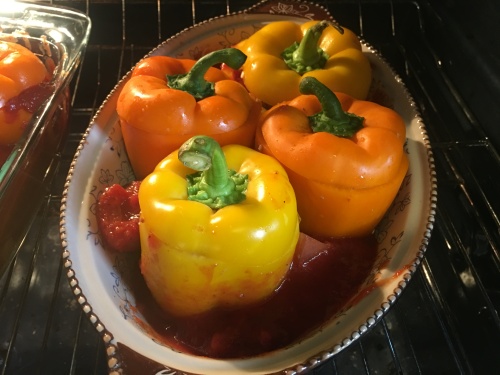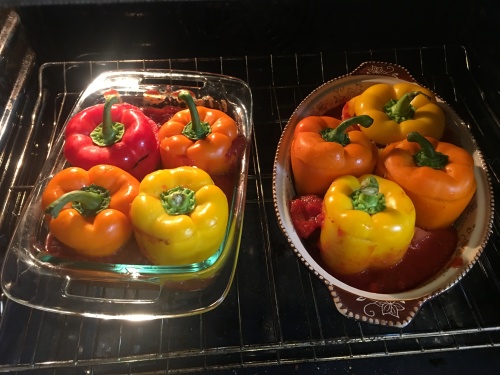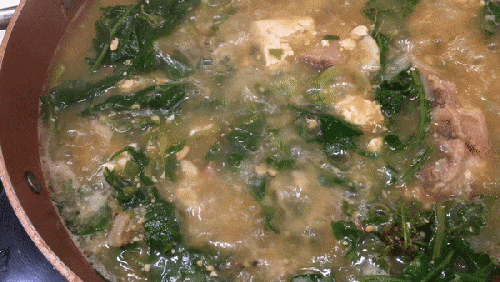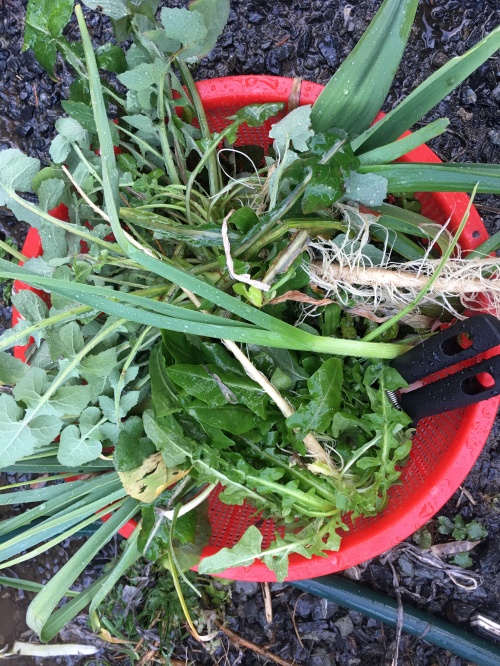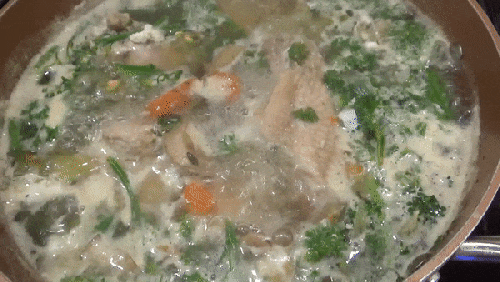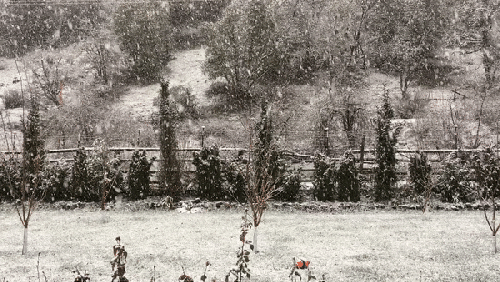Yesterday I promised I would share with you how I like to make rice. I realize that, as in so many things, there must be dozens of ways to make really good rice. Whether you prefer a rice cooker, or you cook it on a pan, or if you just open a bag of Uncle Ben’s, this just happens to be my favorite, because to me, this just tastes best. I learned this way of making rice from Great Grandmaster Tae Yun Kim. At first, it seemed impossibly difficult to me. But now that I have the technique down, it’s easy, fairly quick, and very good. As in all things in this life, once you know how to do them, they are easy, as Great Grandmaster Tae Yun Kim points out.
You will need one of these:

This is a traditional Korean stone pot. If you live in an area where there are Korean grocery stores, you’ll be able to get one. But I am sure there are other stores that have them. Pretty much any stone, or earthen ware small pot that can withstand direct heat will do.
Next, put in some rice, about this much:

This works best with short grain, white rice. (Yes, I hear you. Doesn’t Great Grandmaster Tae Yun Kim teach us that we should use whole, unprocessed foods whenever we can? Absolutely! But just wait a minute!)
I always mix either millet, or black sesame seeds, or both, with the white rice. I also add some vegetables, (those that can withstand the long cooking process) such as potatoes, sweet potatoes, radishes, mushrooms, even chestnuts, cut in big chunks. Here you see Oriental mushrooms in the rice pot:

Rinse the rice well and fill the stone pot with water, about 2/3 full. It will look like there is way too much water. Add in vegetables, if any, cut in chunks. Put the stone pot on the stove – I have a gas stove and it works really well. Bring it to a rolling boil, then cover it with it’s lid:

Great Grandmaster Tae Yun Kim has also shown me how to do this for brown rice and rice mixed with beans: You’ll need to soak those for several hours and preferably pre-cook them a little. A lot of effort? Perhaps, but well worth it. As we hear at Jung Suwon a lot, some things in life you can’t just get from a convenience store – you have to work for it!
Turn the heat down to the very lowest setting, and wrap a towel around it, being careful not to let it touch the flame or the burner, and put something heavy onto the towel to keep it in place. If you don’t do the “towel thing,” then you’ll end up flooding your stove, as the steam will come out the sides. This is what it looks like:

Then it’s time to practice the Jung Suwon code of ethics, last one: PATIENCE! For the next 20 – 30 minutes, don’t peek! Resist the temptation! Go practice your Jung Suwon forms in another part of the house, or read one of Great Grandmaster Tae Yun Kim’s books!
After 30 minutes, you can open the pot and check – doesn’t it smell wonderful?
Check and make sure the rice is done. If it’s done but looks too wet, leave off the lid and let it sit on the stove on very low for 5 minutes or so and it will be fine. If its not done yet and the water is gone, add some water and cover back up.
Now, enjoy!
And tomorrow, you will learn from Great Grandmaster Tae Yun Kim, her favorite sauce to eat with this!
HE CAN DO, SHE CAN DO, WHY NOT ME!
Read Full Post »
